Neonatal SHIV infection in rhesus macaques elicited heterologous HIV-1-neutralizing antibodies
- PMID: 36924501
- PMCID: PMC10117998
- DOI: 10.1016/j.celrep.2023.112255
Neonatal SHIV infection in rhesus macaques elicited heterologous HIV-1-neutralizing antibodies
Abstract
Infants and children infected with human immunodeficiency virus (HIV)-1 have been shown to develop neutralizing antibodies (nAbs) against heterologous HIV-1 strains, characteristic of broadly nAbs (bnAbs). Thus, having a neonatal model for the induction of heterologous HIV-1 nAbs may provide insights into the mechanisms of neonatal bnAb development. Here, we describe a neonatal model for heterologous HIV-1 nAb induction in pathogenic simian-HIV (SHIV)-infected rhesus macaques (RMs). Viral envelope (env) evolution showed mutations at multiple sites, including nAb epitopes. All 13 RMs generated plasma autologous HIV-1 nAbs. However, 8/13 (62%) RMs generated heterologous HIV-1 nAbs with increasing potency over time, albeit with limited breadth, and mapped to multiple nAb epitopes, suggestive of a polyclonal response. Moreover, plasma heterologous HIV-1 nAb development was associated with antigen-specific, lymph-node-derived germinal center activity. We define a neonatal model for heterologous HIV-1 nAb induction that may inform future pediatric HIV-1 vaccines for bnAb induction in infants and children.
Keywords: CP: Immunology; HIV-1 Env glycosylation; HIV-1 env evolution; autologous SHIV NAbs; germinal center activity; neonatal SHIV infection; neonatal heterologous NAbs; neonatal immunity; transcriptomics.
Copyright © 2023 The Author(s). Published by Elsevier Inc. All rights reserved.
Conflict of interest statement
Declaration of interests The authors declare no competing interests.
Figures

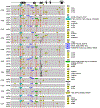
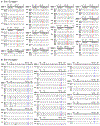
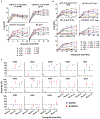
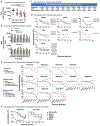
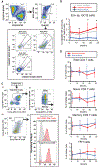

References
Publication types
MeSH terms
Substances
Grants and funding
LinkOut - more resources
Full Text Sources
Medical
Molecular Biology Databases
Miscellaneous

